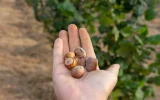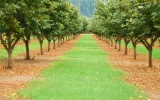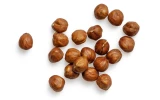How Long Until Hazelnut Trees Make Nuts?
Hazelnuts, also known as filberts, are a favorite among nut lovers and can be used in a variety of recipes, from desserts to savory dishes. However, they take several years to reach maturity and start producing nuts. In this article, we'll discover how long it takes for hazelnuts to produce their first crop.
Hazelnut trees take 3-4 years to bear fruit, but it can take up to 8-9 years if you grow them from seed. The crops are usually small but may increase in size as the tree matures. A mature tree can produce up to 25 pounds of nuts in a year.
However, factors such as self-incompatibility, temperature changes, biennial bearing, pests, disease, and animal consumption can greatly affect the nut production of hazelnut trees. Let's find out how these factors affect them and how you can combat them.
Summary
- The American hazelnut, Corylus americana, undergoes a period of juvenile growth before reaching reproductive maturity, which delays nut production compared to other species.
- The process of hazelnut tree nut production is heavily reliant on cross-pollination, which necessitates the presence of two hazelnut trees with strong genetic differences within approximately 65 feet of each other.
- Common pests such as squirrels and filbertworms, as well as diseases like Eastern Filbert Blight and Blight, pose potential threats to hazelnut tree nut production.
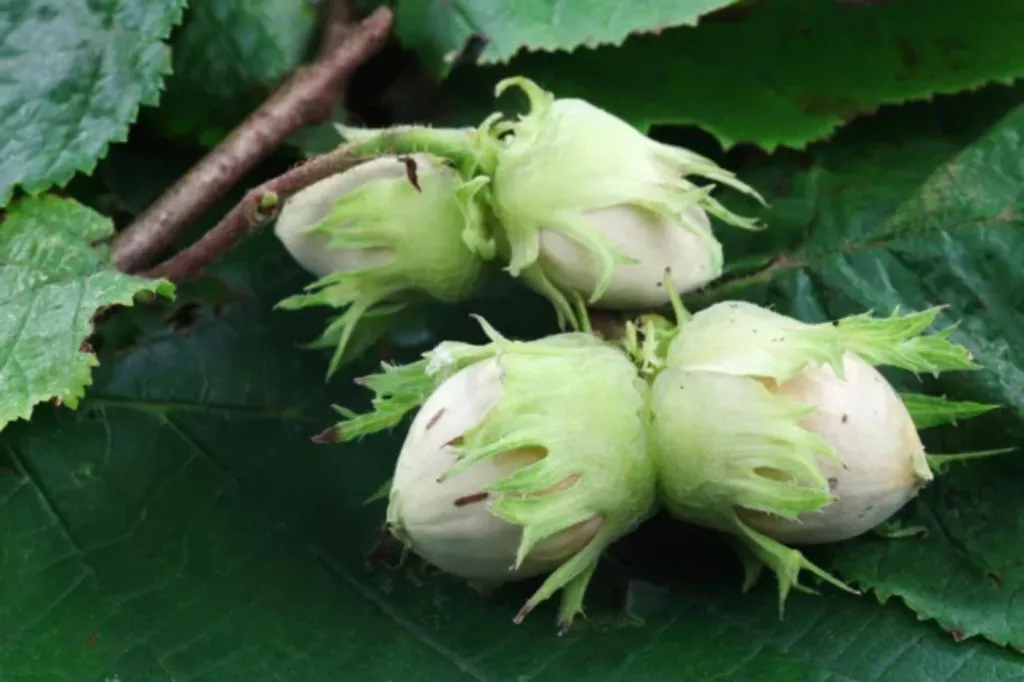
On this page:
Time It Takes for Hazelnut Trees to Bear Nuts
Hazelnut trees take around 3-4 years to bear fruit, but it can take up to 8-9 years if you grow the plant from seed. The initial crops are usually small, but as the tree matures, the crops increase in size.
| Species of Hazelnut | Estimated Time to Produce |
|---|---|
| Corylus avellana (European Hazelnut) | 2-4 years |
| Corylus americana (American Hazelnut) | 3-5 years |
| Corylus maxima (Giant Filbert) | 4-6 years |
| Corylus cornuta (Beaked Hazelnut) | 3-5 years |
European hazelnuts take 2 to 4 years to produce
European hazelnuts, also known as common hazel or Corylus avellana, are deciduous shrubs that are widely cultivated for their delicious nuts.
These shrubs typically take 2 to 4 years to produce nuts after planting, making them one of the fastest-growing nut trees. This time frame is due to the biological process that hazelnut trees undergo before they are capable of bearing fruit.
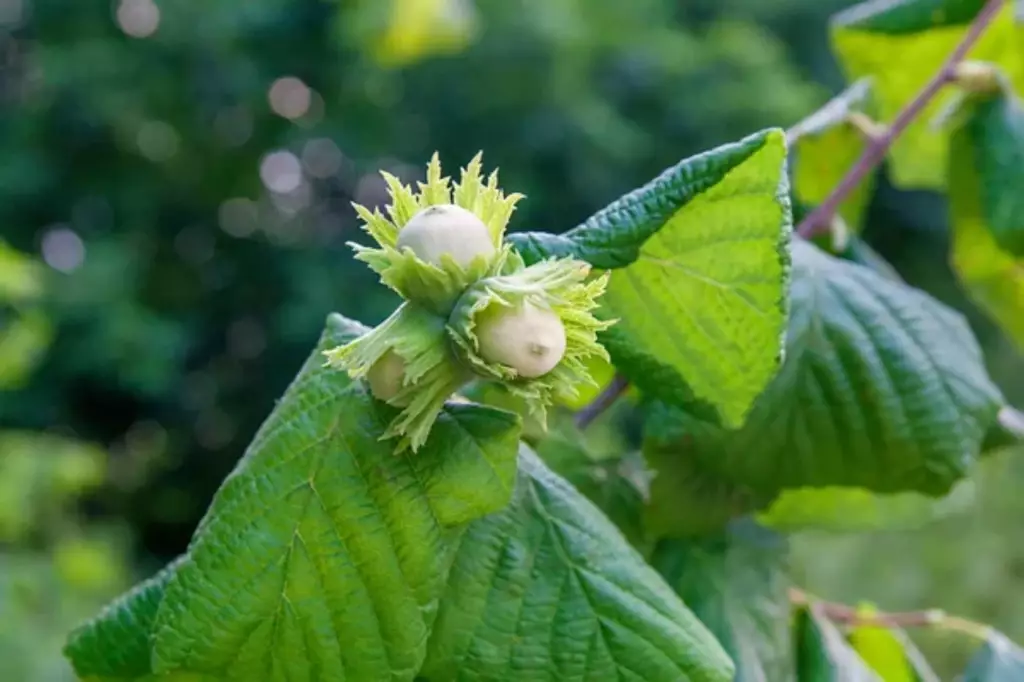
During the first year after planting, the hazelnut shrub focuses its energy on establishing a strong root system and developing its overall structure. In the second year, the shrub continues to grow and mature, with the potential for some early signs of flowering.
However, it is not until the third or fourth year that the shrub reaches full maturity and can produce a significant harvest of nuts.
American hazelnut takes 3-5 years to produce nuts
Corylus americana, commonly known as the American hazelnut, takes 3-5 years to produce nuts compared to other species due to several factors related to its reproductive biology and growth patterns.
Like many woody plants, the American Hazelnut goes through a period of juvenile growth before reaching reproductive maturity.
During this juvenile phase, the plant invests its energy primarily in developing its root system and vegetative growth rather than allocating resources to reproductive structures such as flowers and nuts. This initial phase of growth is essential for the plant to establish a strong foundation for future nut production.
Additionally, like many other species within the genus Corylus, they may exhibit an alternate bearing pattern. This means that the plant may have years of heavy nut production followed by years of lower nut production.
As a result, the plant may take a few years to reach a stage where it can consistently produce a significant nut crop. A quick identification of the different hazelnut species can be found in this article.
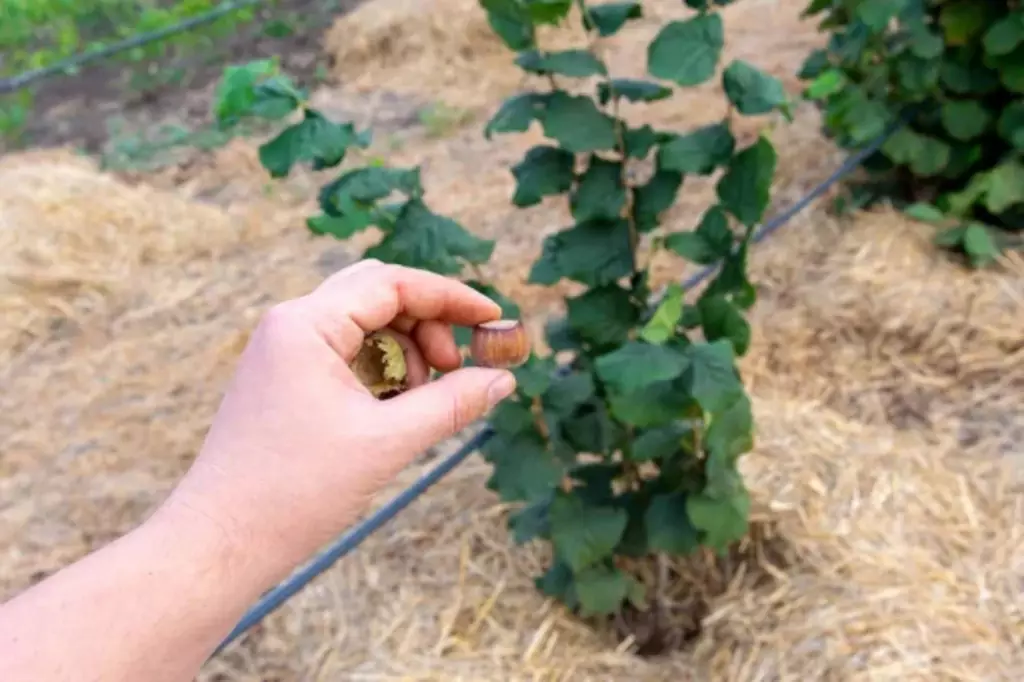
Giant Filbert takes 4-6 years to produce nuts
Giant Filbert, also known as Corylus maxima, takes longer to produce nuts compared to other nut-bearing trees due to several biological and environmental factors.
It typically takes 4-6 years for the tree to establish a strong root system and develop the necessary infrastructure to support nut production. During this time, the tree allocates energy towards growth and establishment rather than nut production.
Factors such as soil quality, moisture levels, and sunlight exposure play a crucial role in the tree's ability to produce nuts. It takes time for the tree to acclimate to its environment and reach a stage where it can efficiently produce nuts.
Giant Filbert trees also have a reproductive cycle that includes the development of male and female flowers, pollination, and fertilization.
This process takes time to occur and for the nuts to develop and mature. The tree needs several years to establish a consistent reproductive cycle before it can produce nuts regularly.
Once the tree reaches a stage where it can produce nuts, it still takes time for the nuts to develop and mature. Nut development involves the growth of the ovary into a nut, which requires a significant amount of time and resources from the tree.
Beaked hazelnuts take 3-5 years to produce nuts
The beaked hazelnut, like other hazelnut species, thrives in well-drained, nutrient-rich soils with adequate moisture and sunlight.
It takes time for the plant to become well-established in its environment and reach a stage where it has accumulated enough resources to support the development of nuts.
Furthermore, the plant typically requires a certain level of physiological maturity before it can initiate and sustain the process of flower and nut production. This involves the gradual development of reproductive structures and the synchronization of various internal processes that culminate in the formation of viable nuts.
In addition, the plant relies on the presence of compatible pollinators, such as wind or insect pollinators, to transfer pollen between flowers, leading to successful fertilization and subsequent nut development.

It may take several years for the population of pollinators to reach levels that ensure effective pollination and fruit set in the hazelnut plants.
Factors Affecting Hazelnut Tree Nut Production
Hazelnut trees require cross-pollination to produce nuts
Hazelnut trees produce male flowers on catkins, which are long, slender, and pendulous clusters of flowers. These flowers release pollen into the air, which is then carried by the wind to the female flowers.
Female flowers, on the other hand, are small and inconspicuous. They are located at the base of the catkins and are receptive to pollen for only a short period of time.
Once the pollen reaches the female flower, fertilization occurs, and the fruit begins to develop. The remaining majority of growth occurs during the next five to six weeks, and fertilization occurs four to five months after pollination. Nuts reach full size about six weeks after fertilization in early August.
To optimize pollination in hazelnut trees, you must grow two hazelnut trees with strong genetic differences, one as a pollinator and the other as a producer to get a nut crop.
These trees need to be within about 65 feet of each other for cross-pollination to take place. You can read more about other planting considerations when growing hazelnuts in this article.
They also require care and maintenance for optimal growth and nut production
Below are some tips to help you maintain healthy hazelnut trees:
Prune and train your trees
Prune your trees in late winter or early spring before new growth appears. Remove any dead or diseased wood, and trim back any branches that are crossing or rubbing against each other.
Training your hazelnut trees to a central leader system will help them grow strong and upright. Remove any competing leaders and branches that are growing too close together. Tie the remaining leaders to a stake to help them grow straight.
Water regularly and apply mulch
Hazelnut trees require moist, well-drained soil to grow properly. Water your trees regularly during the growing season, especially during hot, dry weather. Avoid overwatering, as this can lead to root rot and other problems.
Mulching around the base of your hazelnut trees can help retain moisture in the soil and suppress weeds. Apply a layer of organic mulch, such as wood chips or shredded leaves, around the base of your trees, taking care not to pile it up against the trunk.
Hazelnut trees require regular fertilization for optimal nut production
Apply a balanced fertilizer, such as a 10-10-10 or 16-16-16 formula, in early spring before new growth appears. Follow the manufacturer's instructions for application rates and timing.
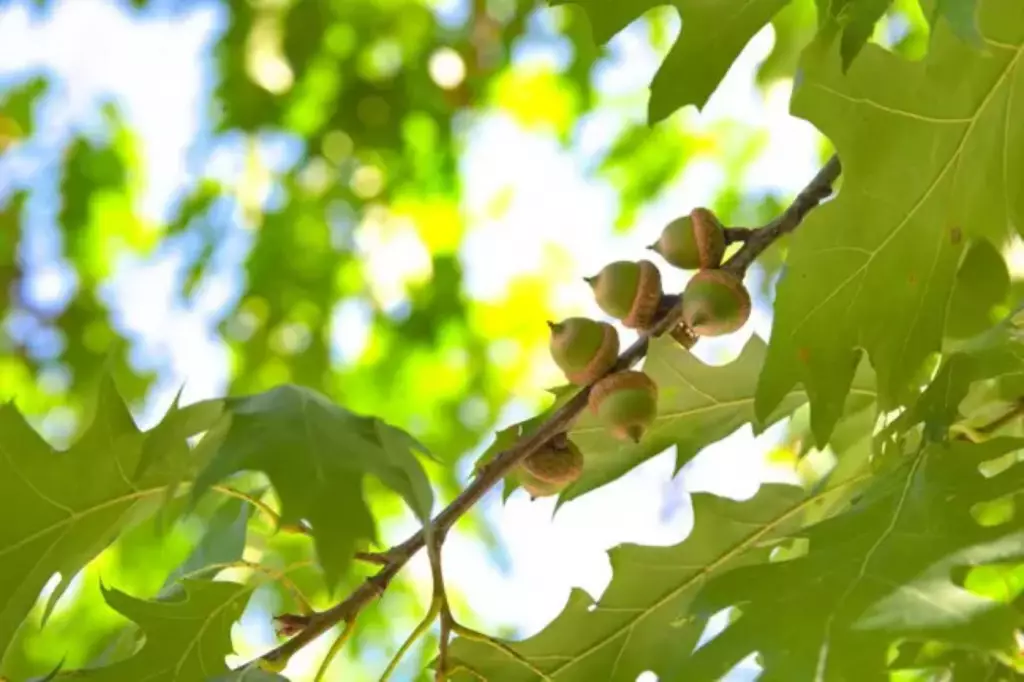
You can also test your soil regularly to ensure it has the proper pH level and nutrient balance. Add lime to raise the pH level if necessary, and apply organic matter, such as compost or well-rotted manure, to improve soil structure and fertility.
Pests and diseases affecting hazelnut production
Hazelnut trees are susceptible to a variety of pests and diseases, which can affect their ability to produce nuts. Here are some common pests and diseases to watch out for:
Common hazelnut pests
Squirrels are one of the most common pests that can damage hazelnut trees. They will often chew through the bark of the tree to get to the nuts inside. To prevent this, you can wrap the trunk of the tree with a metal collar or use a squirrel guard.
Another common pest is the filbertworm, which is the larvae of a small moth. The filbertworm will feed on the developing nuts, causing them to drop prematurely. To control filbertworms, you can use a pesticide specifically designed for this pest.
Disease prevention in hazelnut trees
One of the most serious diseases that can affect hazelnut trees is Eastern Filbert Blight (EFB). EFB is caused by a fungus called Anisogramma anomala and can cause the tree to die within a few years.
To prevent EFB, aim to plant resistant varieties of hazelnut trees and prune the trees regularly to remove infected branches.
Blight is another disease that can affect hazelnut trees. Blight is caused by bacteria and can cause the leaves and branches of the tree to die back.
To prevent blight, keep the area around the tree clean and free of debris, and prune the tree regularly to promote good air circulation.
